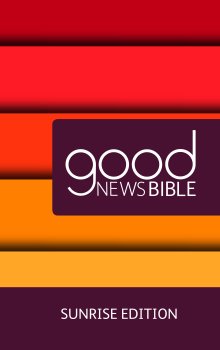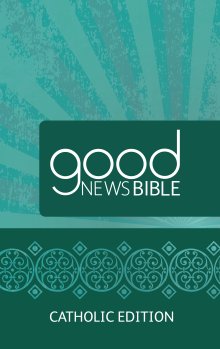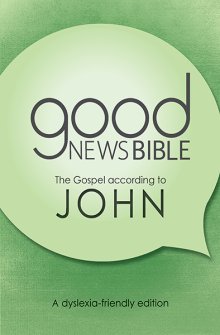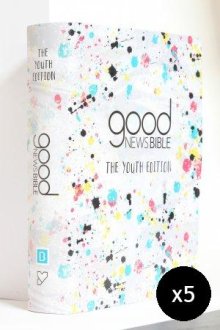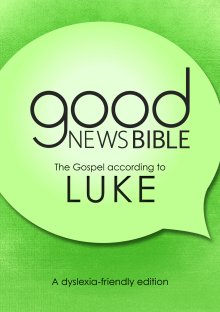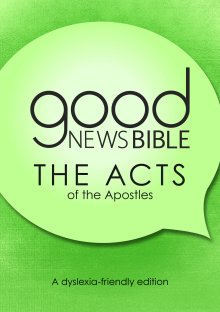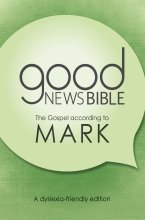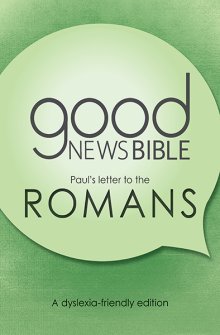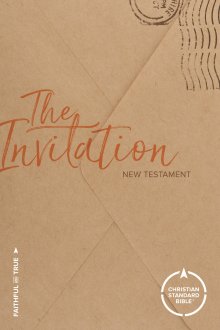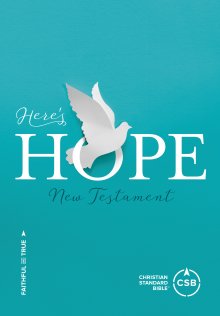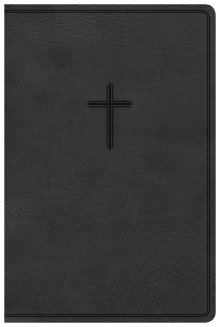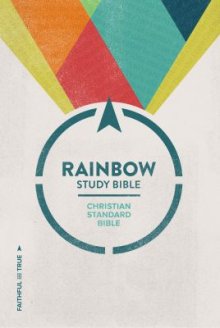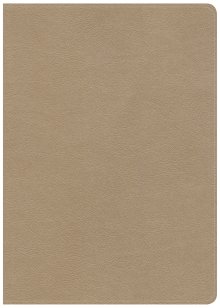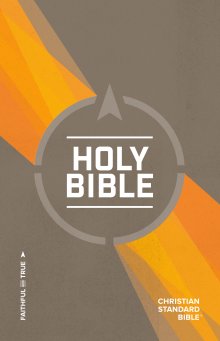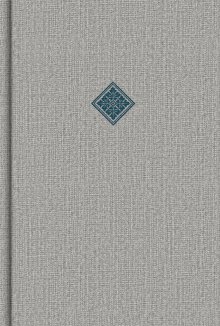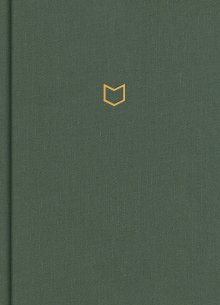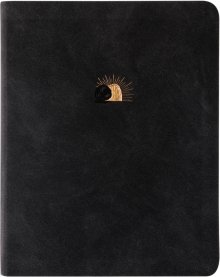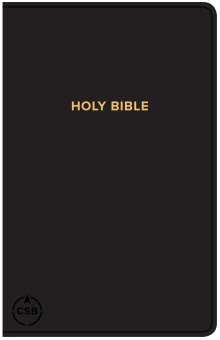GNB vs CSB: Simple Language or Balanced Accuracy?
The Editor

GNB vs. CSB: A Guide to Simple Clarity and Balanced Truth
When it comes to finding a Bible that speaks in simple, everyday language, few are as well-known as the Good News Bible (GNB). With its clear vocabulary and iconic illustrations, it has opened up the scriptures for millions. But how does it compare to a modern, balanced translation like the Christian Standard Bible (CSB)?
This comparison is all about different approaches to making the Bible understandable. One prioritises simplicity above all else, while the other seeks a perfect blend of accuracy and readability. Let's explore their unique stories, methods, and styles to help you find the translation that speaks to you.
The Story Behind the Bibles
The GNB Story
The Good News Bible (GNB), also known as the Good News Translation (GNT), was a revolutionary project pioneered by the American Bible Society. It began with Dr. Robert Bratcher's translation of the New Testament, Good News for Modern Man, in 1966. The goal was to provide a translation that was incredibly easy to read, especially for those with no prior Bible knowledge or for whom English was a second language. Using a common, everyday vocabulary and a "dynamic equivalence" philosophy, the full Bible was released in 1976. It is famous not just for its text, but for the distinctive and beloved line-drawing illustrations by Annie Vallotton.
The CSB Story
The Christian Standard Bible, first published in 2017, is one of the newest major English translations. It was undertaken by a diverse team of over 100 scholars who wanted to create a Bible that was both highly faithful to the original languages and highly readable. The CSB's guiding philosophy is "Optimal Equivalence," aiming to find that sweet spot between a literal, word-for-word translation and a more interpretive, thought-for-thought one. It was crafted to be a single, reliable text for every part of the Christian life, from sermon preparation to daily reading.
Translation Philosophy: Simplicity vs. Balance
The GNB and CSB represent two different, yet valid, ways of bringing the ancient texts into modern English.
- Dynamic Equivalence (Thought-for-Thought): This is the core principle of the GNB. The translators' primary goal was to ensure the reader understood the meaning of the original text. They focused on conveying the "thought-for-thought" message in the simplest, most natural English possible, even if it meant departing significantly from the original sentence structure.
- Optimal Equivalence: This is the hallmark of the CSB. The translation team sought a balance. They aimed to be as literal as possible when the original wording was clear in English, but they prioritised clarity and readability when a direct translation would be confusing. It is more literal and formally closer to the original text than the GNB.
Seeing the Difference: Verse Comparisons
Placing the verses next to each other truly highlights their different approaches.
Romans 3:23
- GNB: "Everyone has sinned and is far away from God's saving presence."
- CSB: "For all have sinned and fall short of the glory of God."
The GNB takes the concept of falling short of God's glory and explains it as being "far away from God's saving presence." This is a perfect example of its interpretive, explanatory style. The CSB uses the more traditional and literal phrase "fall short of the glory of God."
John 1:14
- GNB: "The Word became a human being and, full of grace and truth, lived among us. We saw his glory, the glory which he received as the Father's only Son."
- CSB: "The Word became flesh and dwelt among us. We observed his glory, the glory as the one and only Son from the Father, full of grace and truth."
The GNB translates "flesh" as the more common "human being." The CSB retains the classic, theological term "flesh" and the traditional word "dwelt," which are more direct translations of the Greek.
Ephesians 6:11
- GNB: "Put on all the armour that God gives you, so that you will be able to stand up against the Devil's evil tricks."
- CSB: "Put on the full armor of God so that you can stand against the schemes of the devil."
The GNB simplifies "schemes" to "evil tricks" to make the meaning immediately obvious to any reader. The CSB uses "schemes," which is a more precise translation of the original Greek word and carries a sense of strategic planning by the enemy.
Key Differences at a Glance

Which Translation is Best for You?
Your reason for reading the Bible will likely point you to the right choice between these two.
You might prefer the GNB if:
- You are very new to the Bible and want the simplest, easiest start possible.
- You are looking for a Bible for a child, a youth group, or for someone learning English.
- The visual aspect of a Bible is important to you, and you love the classic illustrations.
- Clarity of the basic story is more important to you than theological precision.
You might prefer the CSB if:
- You want a readable, modern Bible that is also suitable for in-depth study.
- You want to understand more of the specific words and phrasings of the original text.
- You want a single, all-purpose Bible for reading, study, and church.
The Good News Bible is a fantastic tool for accessibility, brilliantly succeeding in its mission to make the core message of the Bible plain for everyone. The Christian Standard Bible is a superb modern translation for those who want clarity without straying far from the original text. The best choice is the one that will draw you into God's story and help you understand it more deeply.
Discover our range of Good News Bibles here and our comprehensive collection of CSB Bibles here.
Latest Blogs

Bibles
Journaling Bible vs. Study Bible: Which One is Right for You?
A clear guide to help you decide between a journaling Bible and a study Bible. We explain the key differences and recommend the best editions for your needs.

Bibles
KJV vs. NKJV: What’s the Difference and Which is for You?
Choosing between the KJV and NKJV? Our guide breaks down the key differences in language, readability, and underlying texts to help you decide which traditional Bible translation is best for you.

Advent & Christmas
Introducing: 2025's Advent Books & Bible Studies
Introducing the new Advent Books and Bible Studies for 2025 ideal for spending time with God on the run up to Christmas in a group setting or on your own.

Bibles
What Kind of Bible Should a Beginner Get? (A Simple 2025 Guide)
Not sure which Bible to get? Our simple guide helps beginners choose the best easy-to-read translation and helpful features to start their journey with confidence.

Bibles
The NLT Bible: Your Top 10 Questions Answered
Is the NLT accurate? Is it a paraphrase? We answer the top 10 questions about the New Living Translation Bible to help you choose with confidence.

A Guide To Portable Communion Sets: Ministering Beyond the Church Walls
In this guide, we’ll explore the purpose, components, and practical use of portable communion sets

